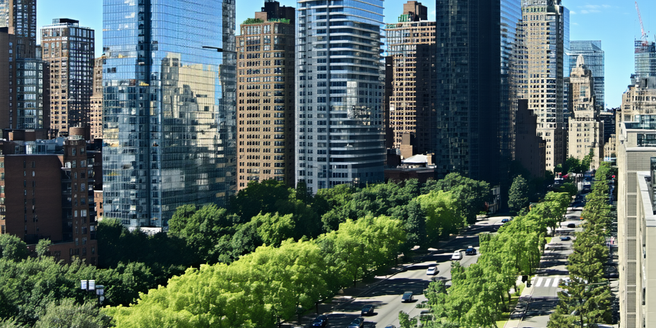
Understanding Urban Heat Islands
Urban heat islands (UHIs) are areas within cities that experience higher temperatures than their rural surroundings. This effect is primarily due to human activities and the dense concentration of buildings, roads, and other infrastructure which absorb and retain heat. Common strategies to mitigate UHIs involve increasing vegetation coverage, promoting green roofing, and using reflective building materials. By understanding how UHIs form and their impact on energy consumption, air quality, and public health, cities can develop targeted strategies to manage heat. Collaborative efforts between cities can further enhance the efficacy of such strategies, allowing for shared resources and knowledge to tackle these urban challenges.
Innovative Cooling Solutions and Technologies
Urban centers are turning to groundbreaking cooling solutions to combat rising temperatures. Technologies like cool roofing materials, which reflect more sunlight, and permeable pavements, which reduce heat absorption, are becoming increasingly popular. District cooling systems, which distribute chilled water to multiple buildings, provide a centralized solution to reduce energy consumption and greenhouse gas emissions. Urban planners are also integrating nature-based solutions, like green spaces and water bodies, into urban environments to enhance cooling. These innovative approaches require support from policymakers, businesses, and communities, ensuring that cities remain capable of adapting to future climatic changes. With shared research and development, cities can pioneer effective solutions that benefit the broader urban landscape.
Case Studies of Successful City Collaborations
Several cities have demonstrated the power of collaboration in addressing heat-related challenges. For instance, the Cool Cities Network brings together municipalities worldwide to implement shared heat mitigation strategies. Through partnerships, cities like New York and Tokyo exchange best practices for urban greening and sustainable urban design. In Los Angeles and Phoenix, cross-city collaboration has led to the development of urban cooling technologies that are now used globally. These case studies highlight the significance of leveraging city collaborations to innovate and scale proven approaches. As cities continue to grapple with climate change, such collaborative efforts provide a roadmap for enhancing urban resilience against heat.
Policy Frameworks and Governance Models
Effective policy frameworks and governance models are crucial for addressing urban heat. Cities need comprehensive policies that integrate heat mitigation into urban planning and development strategies. Innovative governance models, such as the alignment of local, regional, and national policies, can promote cohesive action across jurisdictions. Participatory governance – involving citizens, businesses, and governments – ensures that policies are sustainable and reflect community needs. By investing in research and development, cities can support evidence-based policy-making. Collaborative governance, where cities share resources and knowledge, can lead to more effective management of urban heat challenges. Strengthening policy frameworks and governance structures will be pivotal in fostering long-term urban resilience.
Community Engagement and Public Awareness
Raising public awareness and engaging communities are key to successful urban heat management. Educating residents about heat risks and mitigation strategies can foster proactive behavior and support for local initiatives. Community-based programs, such as tree planting drives and urban gardening workshops, encourage resident participation in reducing urban heat. Public information campaigns that communicate the health risks of extreme heat and protective measures are vital. Furthermore, involving communities in decision-making processes enhances the legitimacy and acceptance of urban heat policies. By collaborating with community leaders and organizations, cities can build trust and promote widespread awareness, resulting in a collective effort to combat rising urban temperatures.
Future Directions and Opportunities for Collaboration
Looking ahead, cities have several opportunities for collaboration to address urban heat. Technology transfer programs can enable cities with advanced cooling solutions to assist those in need, fostering global partnerships. Joint research initiatives can facilitate the development of new materials and technologies designed to combat heat. Furthermore, international forums and networks offer platforms for cities to share experiences, successes, and challenges. Engaging in public-private partnerships can also unlock new funding sources and drive innovation. By fostering a collaborative approach to urban heat management, cities can enhance their resilience and provide a blueprint for tackling other climate-related challenges globally.
